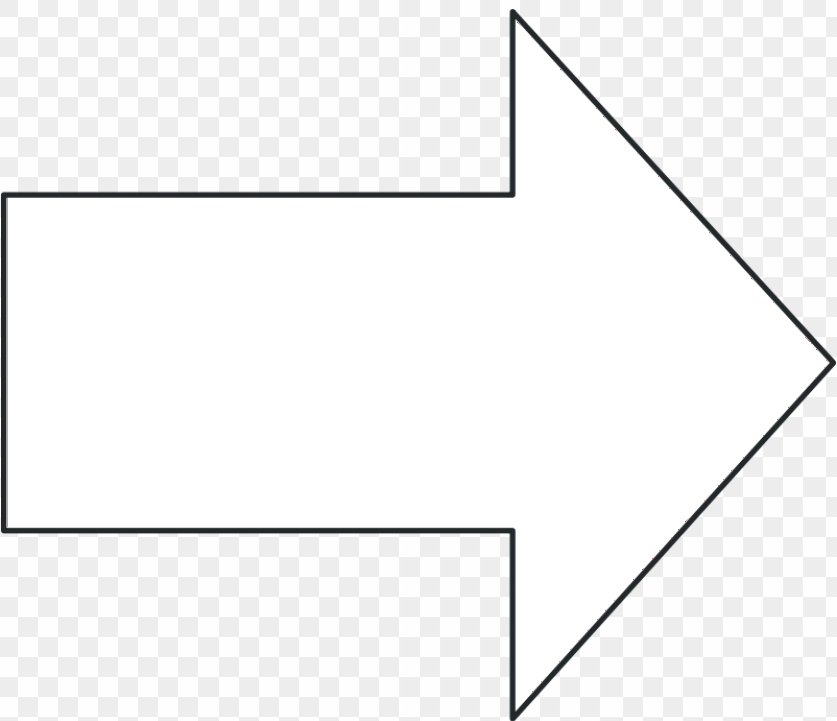The 2017 American College of Cardiology/American Heart Association (ACC/AHA) hypertension guidelines recommend reducing sodium in the diet to lower high blood pressure [Strong Recommendation (Level A)].1 Adults should ultimately aim for less than 1,500 mg/day of sodium in their diet but at a minimum should reduce their intake by at least 1,000 mg/day. Reducing dietary sodium may result in a 5 mm Hg reduction in systolic blood pressure.1-4
A 2013 Cochrane review of 22 trials with 990 hypertensive participants (median age 50 years) found that the baseline average salt intake was 9.5 g/day (range 7.3 – 11.2 g/day).3 A reduction of dietary sodium by 4.4 g/day for four or more weeks reduced systolic blood pressure by 5.39 mm Hg (95% confidence interval [CI] [6.62 – 4.15], I2=61%) and diastolic blood pressure by 2.82 mm Hg (95% CI [3.54 – 2.11], I2=52%).
A 2013 systematic review and meta-analysis found 24 studies with 2,273 hypertensive participants.2 In this population, systolic blood pressure was reduced by 4.06 mm Hg (95% CI [5.15 – 2.96], I2=13) and diastolic blood pressure by 2.26 mm Hg (95% CI [3.02 – 1.50], I2=29) when sodium intake was reduced to less than 2 g/day.
When sodium reduction is combined with a healthy diet such as Dietary Approaches to Stop Hypertension (DASH), blood pressure can be lowered even more.4 A randomized controlled trial (n=412) found that reducing the dietary intake of sodium lowered blood pressure. There were three sodium intake levels: high at about 3.26 g/day (average level in a normal US diet), intermediate at about 2.45 g/day (a level that is near the upper limit of recommended daily dietary sodium intake), and low at about 1.49 g/day. They studied the effects of dietary sodium reduction in the context of a control diet (typical American daily diet) and the DASH diet. For the control diet, sodium reduction from high to intermediate resulted in a decrease in systolic blood pressure by 2.1 mm Hg (95% CI [3.4 – 0.8], p<0.001]), and sodium reduction from intermediate to low resulted in a decrease in systolic blood pressure of 4.6 mm Hg (95% CI [5.9 – 3.2], p<0.001]). Reduction of blood pressure after switching from the control diet to the DASH diet at the high sodium intake resulted in systolic blood pressure drops of 5.9 mm Hg (95% CI [8.0 – 3.7], p<0.001). Further reduction of systolic blood pressure with sodium reductions in the DASH diet group were 1.3 mm Hg (95% CI [2.6 – 0.0], p≤0.05) and 1.7 mm Hg (95% CI [3.0 – 0.4], p≤0.05), high to intermediate and intermediate to low sodium respectively.
According to the most recent US national survey and analysis, the estimated average daily sodium intake among US adults (n=5,047 age 20 or older) during 2013 – 2014 was 3,529 mg.5 This survey found that foods with the most sodium were store-bought processed food and food from restaurants. The 2015 – 2020 Dietary Guidelines for Americans, 8th edition report recommends that people age 14 and older consume less than 2,300 mg of sodium daily.6 This report also found that 89% of the US population age one year or older exceeds their daily sodium intake limit.
Salt Reduction Strategies
The US Centers for Disease Control and Prevention (CDC) have several recommendations on how to reduce sodium in diet:7
- Adopt a heart-healthy diet such as DASH: DASH Eating Plan
- Read food labels at stores and restaurants and choose the options with the lowest sodium content. There are often “low sodium” options for many foods such as deli meats, canned goods, and in restaurants.
- Buy fresh meat, chicken, fish, vegetables, and fruit whenever possible.
- Avoid sauces, mixes, and instant products such as flavored-rice or ready-made pasta
- In restaurants, ask for no salt to be added to your food.
- Stop eating takeout and fast food.
References
- Whelton PK, Carey RM, Aronow WS, et al. 2017 ACC/AHA/AAPA/ABC/ACPM/AGS/APhA/ASH/ASPC/NMA/PCNA guideline for the prevention, detection, evaluation, and management of high blood pressure in adults: executive summary: a report of the American College of Cardiology/American Heart Association Task Force on Clinical Practice Guidelines. Hypertension 2017.
- Aburto NJ, Ziolkovska A, Hooper L, Elliott P, Cappuccio FP, Meerpohl JJ. Effect of lower sodium intake on health: systematic review and meta-analyses. BMJ 2013; 346: f1326.
- He FJ, Li J, Macgregor GA. Effect of longer term modest salt reduction on blood pressure: Cochrane systematic review and meta-analysis of randomised trials. BMJ 2013; 346: f1325.
- Sacks FM, Svetkey LP, Vollmer WM, et al. Effects on blood pressure of reduced dietary sodium and the Dietary Approaches to Stop Hypertension (DASH) diet. DASH-Sodium Collaborative Research Group. N Engl J Med 2001; 344 (1): 3-10.
- Quader ZS, Zhao L, Gillespie C, et al. Sodium Intake Among Persons Aged >/=2 Years - United States, 2013-2014. MMWR Morb Mortal Wkly Rep 2017; 66 (12): 324-238.
- 2015 – 2020 dietary guidelines for Americans. 8 ed: U.S. Department of Health and Human Services and U.S. Department of Agriculture; 2015.
- Centers for Disease Control and Prevention. Salt: how to reduce sodium. 2018; https://www.cdc.gov/salt/reduce_sodium_tips.htm. Accessed May 25, 2018.

.png)
